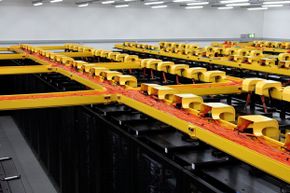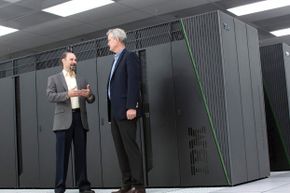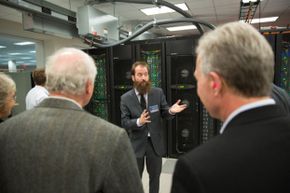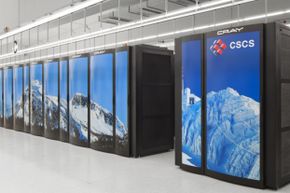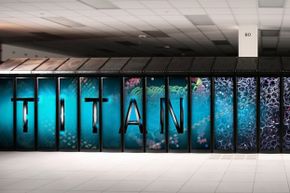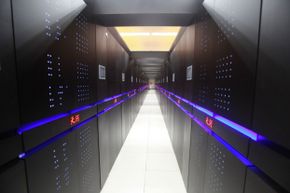If someone says "supercomputer," your mind may jump to Deep Blue, and you wouldn't be alone. IBM's silicon chess wizard defeated grandmaster Gary Kasparov in 1997, cementing it as one of the most famous computers of all time (some controversy around the win helped, too). For years, Deep Blue was the public face of supercomputers, but it's hardly the only all-powerful artificial thinker on the planet. In fact, IBM took Deep Blue apart shortly after the historic win! More recently, IBM made supercomputing history with Watson, which defeated "Jeopardy!" champions Ken Jennings and Brad Rutter in a special match.
Brilliant as they were, neither Deep Blue nor Watson would be able to match the computational muscle of the systems on the November 2013 TOP500 list. TOP500 calls itself a list of "the 500 most powerful commercially available computer systems known to us." The supercomputers on this list are a throwback to the early computers of the 1950s -- which took up entire rooms -- except modern computers are using racks upon racks of cutting-edge hardware to produce petaflops of processing power.
Advertisement
Your home computer probably runs on four processor cores. Most of today's supercomputers use hundreds of thousands of cores, and the top entry has more than 3 million.
TOP500 currently relies on the Linpack benchmark, which feeds a computer a series of linear equations to measure its processing performance, although an alternative testing method is in the works. The November 2013 list sees China's Tianhe-2 on top of the world. Every six months, TOP500 releases a list, and a few new computers rise into the ranks of the world's fastest. Here are the champions as of early 2014. Read on to see how they're putting their electronic mettle to work.

